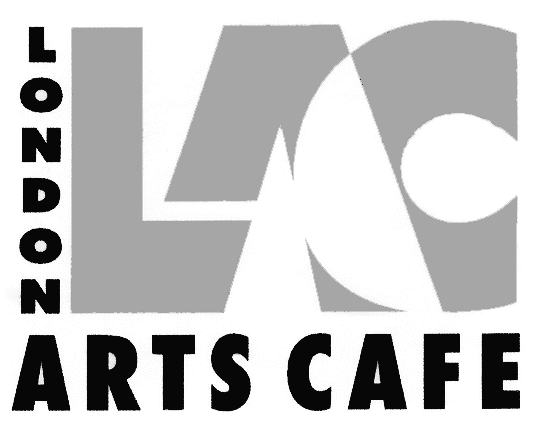
Canning Town Walk (June 2007)
1 Introduction
The walk starts at the top of the stairs leading up from the Station to the Bus Station.
You can read this on your way to Canning Town Transport Interchange, served by various bus routes, the Jubilee Line and the Docklands Light Railway (DLR.)
Canning Town is in the London Borough of Newham. The latest census showed the population of Newham to be 61% non-white - the highest proportion for any British borough. 41% of the population are under 24 - the highest figure in England and Wales. It has the second highest proportion in the country of three ethnic groups, Asians, Bangaldeshis and Black Africans.
Unemployment in Newham is 6.7%, higher than any London borough other than Hackney. Youth unemployment is particularly high, as is the number of unemployed single parents. Canning Town has in the past been one of the most deprived areas of the borough on most social measures.
Canning Town has Bow Creek - the lower reaches of the River Lea - at its western edge. The Lea is the traditional border between civilisation (Middlesex) and Essex and when the London Building Act of 1844 proscribed noxious industries from London, a more over the river found a laxer regime.
The 1840s were also the age of rail building, and the railway companies saw the potential of this riverside area, known as the Plaistow levels, several miles of empty marsh between Bow and Barking Creeks. One of them bought up the area at a knock-down price, and started making plans for docks that their railway could service.
The first major industry to move onto a riverside location was C J Mare's shipbuilding firm in 1846, soon followed by a glass factory owned by the brothers Howard. In 1852, S W Silver & Co, the Cornhill outfitters, set up a factory on the Thames to make rubber coated garments (an idea they borrowed from a Mr Charles Mackintosh.)
Factories needed workers and workers needed housing, so factory owners built houses. Those around the Silver factory began to be called Silvertown, fortunately this happened before the company diversified and changed its name to The India Rubber, Gutta Percha and Telegraph Works Company, otherwise the area might have ended up with a long and unwieldy name!
The IRGPTWC made many telegraph cables that it laid under the ocean between countries and with the coming of the motor car, rubber tyres. The great US tyre company, BF Goodrich, probably started with tyres from Silvertown, and brought out its own range of 'Silvertown Cords'; when it built a new mill in 1926, the company town around it was also named Silvertown.
The area around where Canning Town station now is was first known as Hallville, but this name has now disappeared. It is unclear how the name Canning Town came into use. Prime Minister George Canning died in 1827, over 15 years before the area was built, but it may have been named for his son, Lord Canning, who was Governor of India at the time of the Mutiny, perhaps as a gesture of support.
Other industries that came into the area in the 1850s-80s included both a chemical manure factory and an importer of Peruvian guano, chemical works, soap works, varnish manufactures, a dye works and a jam factory. And of course on the far side of the area at Beckton there was a vast gas works and the sewage works at the end of London's Northern Outfall sewer.
next: Thames Ironworks
